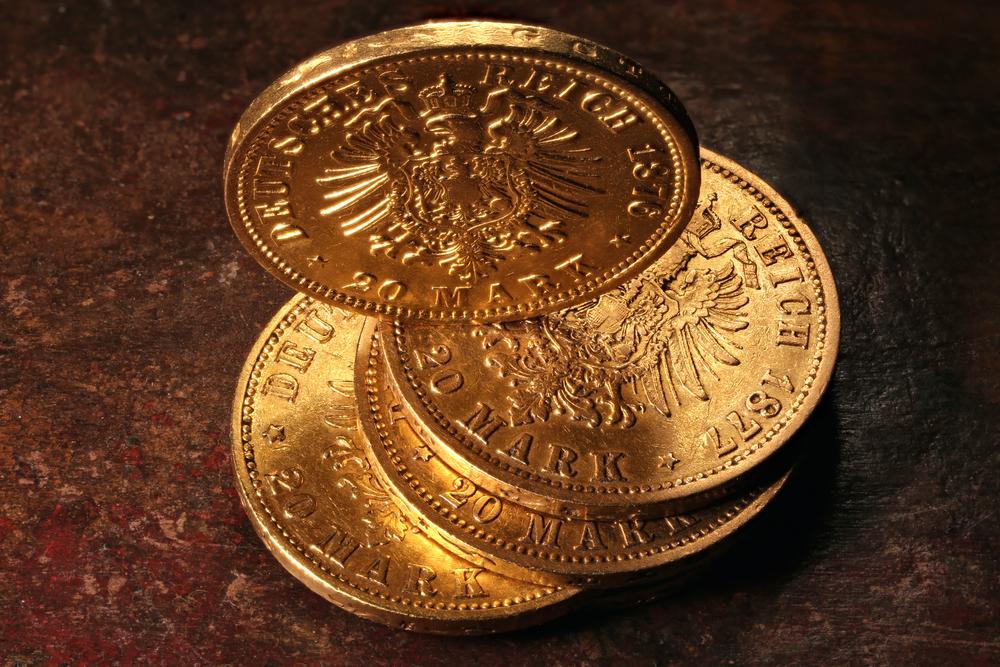Comprehensive Guide to Investing in Gold Coins for Long-Term Wealth
This comprehensive guide explores the essential strategies and tips for investing in gold coins. It covers market analysis, choosing reputable products, physical and digital investment options, and best practices to help both beginners and seasoned investors build a resilient wealth portfolio with gold. Understand the fundamentals, evaluate market trends, and learn how to secure your investments effectively with expert advice on gold coin purchasing, storage, and resale.

Comprehensive Guide to Investing in Gold Coins for Long-Term Wealth
Gold has long been cherished as a symbol of wealth and stability, making it one of the most appealing investment options worldwide. Its intrinsic properties, historical significance, and resistance to economic fluctuations have solidified gold’s reputation as a secure asset class. For many investors, gold coins represent a tangible form of wealth that can serve as a hedge against inflation and economic downturns. This comprehensive guide aims to provide detailed insights into investing in gold coins, emphasizing strategies, vital tips, and best practices to maximize your investment potential.
Throughout human history, gold has maintained its allure, often outperforming other asset classes during turbulent economic periods. Unlike paper assets, gold coins are physical, portable, and impervious to digital market crashes. Its enduring durability and scarcity have driven its value over centuries, making it a preferred choice for both seasoned investors and beginners. Understanding market dynamics, recognition of reputable products, and strategic purchasing are crucial to success in gold investing. This article will delve deep into these aspects, ensuring you have the knowledge needed to make informed decisions about investing in gold coins.
Understand the Fundamentals of Gold Investment
Investing in gold can be approached through various avenues. The most traditional method involves purchasing physical gold coins or bars, while modern investors often explore financial instruments like gold ETFs or futures contracts. Physical gold, especially coins, offers direct ownership and tangibility, essential for those seeking a ‘hands-on’ investment. Gold ETFs provide a more liquid and convenient option, allowing investors to gain exposure to gold prices without storing physical assets. Recognizing the strengths and limitations of each method enables investors to craft a diversified approach suited to their financial goals.
Physical gold coins are produced in various weights, from as small as 1/10 oz. to several ounces, with popular denominations including 1 oz., 1/2 oz., and 1/4 oz. These coins often feature iconic images, national symbols, and are certified by governmental mints. On the other hand, gold ETFs reflect the current market price of gold, traded similarly to stocks, offering high liquidity and ease of trading without the need for storage or security concerns.
Research Gold Market Prices and Trends
Before making any purchase, it’s essential to stay updated with current gold prices. The spot price of gold fluctuates continuously based on global demand, geopolitical tensions, inflation rates, and currency movements. Reputable platforms like Monex, Kitco, and Bloomberg provide live spot prices and historical data, helping investors assess market trends. Understanding the premium over spot price — the markup added by sellers — is essential to evaluate whether a transaction offers fair value. Gold coins often sell at premiums above the spot price to cover manufacturing and dealer fees, which vary depending on rarity, condition, and coin type.
Keeping an eye on market fluctuations allows investors to identify optimal buying opportunities and avoid overpaying. Recognizing whether prices are trending upward or downward provides strategic insights into timing your purchases effectively.
Choose Reputable and Recognized Gold Coins
Not all gold coins are equal in terms of authenticity and liquidity. In the United States, the American Gold Eagle and South African Krugerrand are among the most recognized and widely traded coins. Internationally, coins like the Canadian Maple Leaf (24-karat gold) and the Australian Lunar series are notable for their purity and recognition. When purchasing gold coins, always opt for reputable sources such as government mints, authorized dealers, and well-established precious metals dealers.
Physical gold is inherently valuable, but its true worth depends on authenticity and condition. To protect your investment, store your gold coins in secure vaults or safe deposit facilities instead of risking theft at home. Additionally, verify the authenticity of each coin with certification or assay marking, especially when dealing with higher-value coins.
Explore Alternative Investment Avenues: Gold ETFs and Digital Gold
If holding physical gold is not your preference, consider alternative methods such as Gold ETFs, which are traded on major stock exchanges and track gold prices closely. These financial instruments provide liquidity, ease of trading, and do not require physical storage. Investors can buy and sell ETFs with minimal effort, making them suitable for diversified portfolios and short-term trading strategies.
Another emerging option is digital gold, which allows investors to buy and hold gold electronically through certified platforms. Digital gold combines the benefits of physical gold’s stability with the convenience of online transactions. However, it’s crucial to verify platform security, transparency, and associated fees before investing.
Purchase Gold from Authorized and Reputable Dealers
The importance of buying from licensed and trusted sources cannot be overstated. Authorized dealers and bullion banks adhere to strict standards, ensuring the authenticity and fair pricing of gold products. Avoid dealing with unverified or unregulated sellers to prevent counterfeit coins or overpriced transactions.
In the U.S., institutions like the U.S. Gold Bureau, APMEX, and JM Bullion are reputable sources for gold coins and bars. Internationally, well-known mints such as the Royal Canadian Mint, Perth Mint, and South African Mint offer certified products that maintain high resale value and liquidity. Always request certification papers and verify the dealer’s licensing status before completing any purchase.
Understand Buyback and Resale Policies
Before finalizing an investment, get familiar with the seller’s buyback policies. Some dealers purchase back gold coins at prices close to current market value, while others impose restrictions or offer lower buyback prices. Knowing these terms helps you plan your exit strategy and ensures you're not trapped in an illiquid asset.
Be wary of dishonest sellers who might impose unfavorable buyback conditions or refuse to repurchase gold at fair value. Keeping detailed records of purchase receipts, certification, and transaction history facilitates easier resale later on. Gold remains a resilient asset that can outperform during economic stress, making it a reliable addition to your diversified investment portfolio.
In conclusion, investing in gold coins offers a unique blend of historical stability, tangible ownership, and long-term value retention. Whether you prefer holding physical coins or trading digital instruments like ETFs, understanding the market, choosing reputable products, and employing strategic purchasing practices are essential for maximizing your investment returns. Gold’s enduring appeal continues to attract investors seeking safe harbor assets amid global uncertainty and economic volatility. By following the tips outlined in this guide, you can confidently navigate the complex world of gold investing and build a resilient wealth portfolio that endures through changing times.




